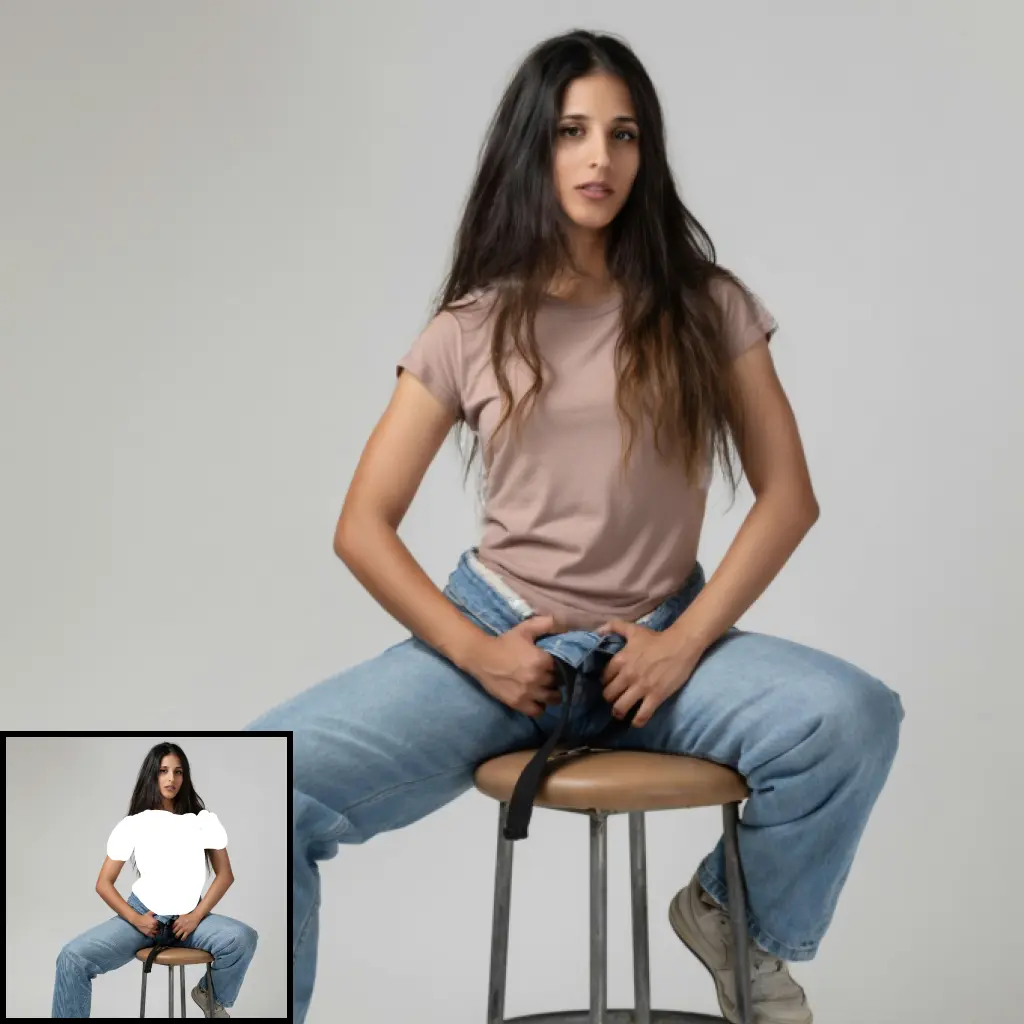ComfyUI Node: Op. To Basic Pipe
OptionalBasicPipeInput
Categoryantrobots-ComfyUI-nodepack/flow-control
antrobot (Account age: 3193days) Extension
antrobots ComfyUI Nodepack Latest Updated
2025-04-02 Github Stars
0.02K
How to Install antrobots ComfyUI Nodepack
Install this extension via the ComfyUI Manager by searching for antrobots ComfyUI Nodepack- 1. Click the Manager button in the main menu
- 2. Select Custom Nodes Manager button
- 3. Enter antrobots ComfyUI Nodepack in the search bar
Visit ComfyUI Online for ready-to-use ComfyUI environment
- Free trial available
- 16GB VRAM to 80GB VRAM GPU machines
- 400+ preloaded models/nodes
- Freedom to upload custom models/nodes
- 200+ ready-to-run workflows
- 100% private workspace with up to 200GB storage
- Dedicated Support
Op. To Basic Pipe Description
Facilitates flexible AI art pipeline with optional component inclusion for tailored configurations.
Op. To Basic Pipe:
The OptionalBasicPipeInput node is designed to facilitate the creation of a flexible and customizable pipeline for processing various components in AI art generation. This node allows you to optionally include different elements such as models, clips, VAEs, and conditioning parameters into a basic pipeline structure. By providing the ability to selectively include or exclude these components, the node offers a high degree of adaptability, enabling you to tailor the pipeline to suit specific artistic needs or experimental setups. This flexibility is particularly beneficial for artists and developers who wish to experiment with different configurations without being constrained by a rigid pipeline structure.
Op. To Basic Pipe Input Parameters:
model
The model parameter allows you to specify a particular model to be included in the pipeline. This could be any AI model that you wish to use for generating or processing art. If not provided, the pipeline will proceed without a model, allowing for other components to take precedence. There are no specific minimum or maximum values, as this parameter is optional and can be left as None.
clip
The clip parameter is used to include a CLIP model in the pipeline, which is often used for text-to-image tasks or for enhancing the understanding of visual content. Similar to the model parameter, it is optional and can be omitted if not needed. The absence of a clip model will not hinder the pipeline's execution but may affect tasks that rely on text-image associations.
vae
The vae parameter allows for the inclusion of a Variational Autoencoder (VAE) in the pipeline. VAEs are typically used for encoding and decoding images, which can be crucial for certain types of image processing tasks. This parameter is optional, and the pipeline can function without it, although the absence of a VAE might limit certain functionalities related to image transformation.
positive
The positive parameter is used to input positive conditioning data into the pipeline. This data can influence the output by providing positive reinforcement or guidance during the generation process. It is optional, and if not provided, the pipeline will operate without this specific conditioning, potentially leading to more neutral or varied results.
negative
The negative parameter allows for the inclusion of negative conditioning data, which can be used to steer the output away from certain characteristics or features. Like the positive parameter, it is optional and can be left out if not required. The absence of negative conditioning may result in outputs that are less constrained or more exploratory.
Op. To Basic Pipe Output Parameters:
pipe
The pipe output parameter represents the constructed pipeline as a tuple containing the specified components: model, clip, vae, positive, and negative. This output is crucial as it encapsulates the entire configuration of the pipeline, ready to be used in subsequent processing steps. The tuple format ensures that each component is easily accessible and modifiable, providing a clear and organized structure for further manipulation or execution.
Op. To Basic Pipe Usage Tips:
- Experiment with different combinations of input parameters to see how they affect the output. This can help you understand the impact of each component on the final result.
- Use the
positiveandnegativeconditioning parameters to fine-tune the artistic direction of your outputs, especially when working with generative models.
Op. To Basic Pipe Common Errors and Solutions:
MissingComponentError
- Explanation: This error occurs when a required component for a specific task is not included in the pipeline.
- Solution: Ensure that all necessary components, such as models or VAEs, are provided when setting up the pipeline for tasks that require them.
InvalidParameterTypeError
- Explanation: This error is raised when an input parameter is of an incorrect type, such as providing a string instead of a model object.
- Solution: Double-check the types of all input parameters to ensure they match the expected types, such as using model objects for the
modelparameter.
Op. To Basic Pipe Related Nodes
RunComfy is the premier ComfyUI platform, offering ComfyUI online environment and services, along with ComfyUI workflows featuring stunning visuals. RunComfy also provides AI Playground, enabling artists to harness the latest AI tools to create incredible art.



